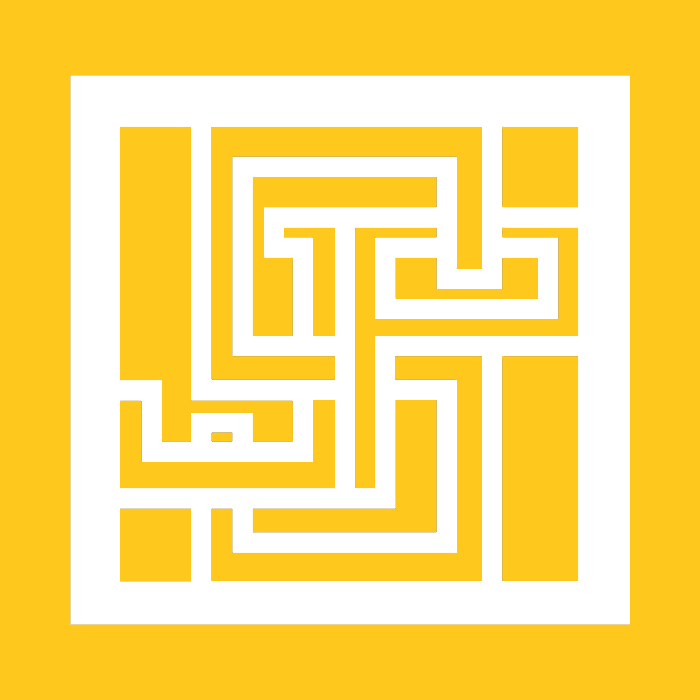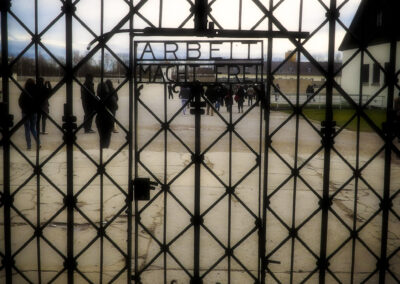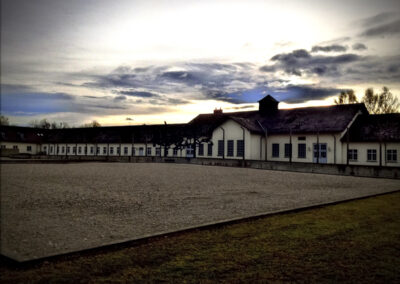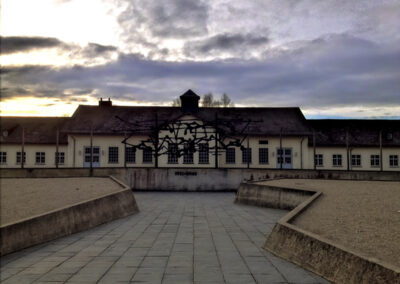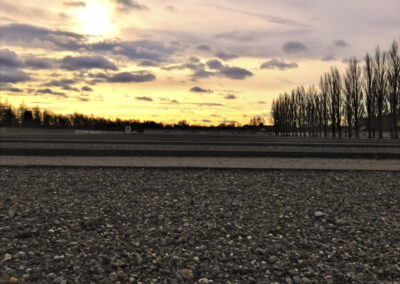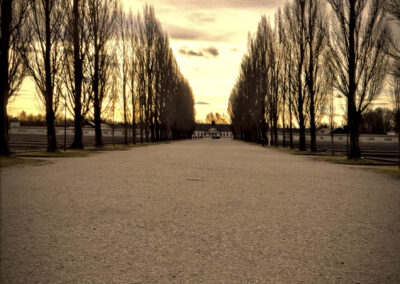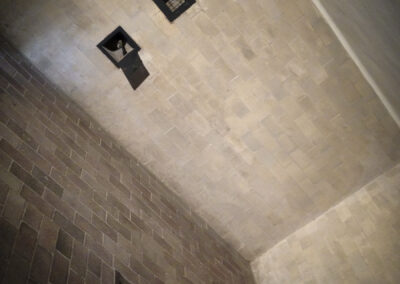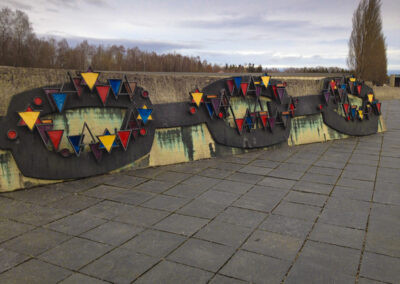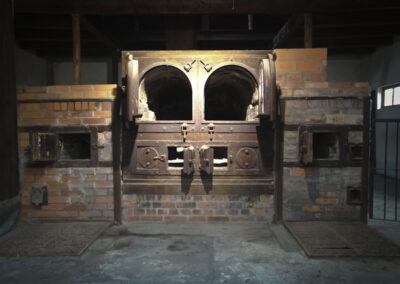A Place of Darkness
It is one of the most chilling places on our planet. One cold December morning, I drove to Dachau, a small town in the periphery of Munich. Clouds were fighting with the sun about who would dominate the day: a diffused dark grey or a bright yellow beam of light.
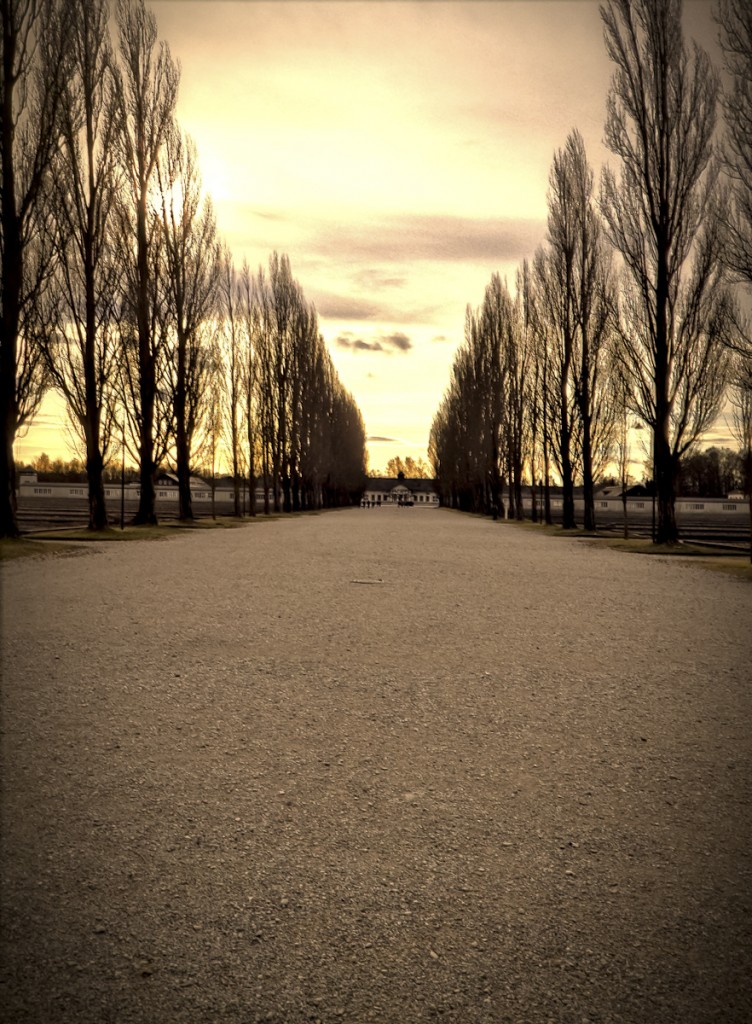
Then I heard laughter.
How dare somebody laugh? It was a group of students, maybe 14 or 15 years old, who seemed to be on a field trip. While they did not display a respectful sense for this place, they actually made me smile. They represented life, hope, and the future in the presence of darkness, evil, and death.
As I left the exhibition and began my march down the main camp road, to the death chambers, I looked at the tall trees swaying in the wind and wondered about all the life stories they must have seen coming to an end. I heard the sound of thousands of steps on the gravel. I heard the voices of children as they walked along innocently. How many played hide and seek behind these trees?
To the left and right were the barracks. Row after row, as far as the eye can see. How many souls were trapped in these structures, hoping that they would make it through? Again, I was struck by the sense of order and symmetry. Perfection. Nothing seemed to be unplanned. Nothing was an accident. It was all wanted. Willful. Calculated.
Not human.
My hands and feet were numb as I reached the end of the road and took the last steps into the ultimate building, which stands for the Endlösung. I don’t know anymore what to think. It is all rushing by me, like a bad dream. As I glide through the chamber, the shadow of a fellow visitor dances on the wall. The final dance.
I step out and take a deep breath. Crisp and clean air. Not the smell of death, which used to fill this place. Just a clear winter morning in a world still at war in many places. We have to make peace with the fact that war is part of the human existence.
My eyes discover the ovens where so many were turned to ashes. Two black holes framed by bright light.
Our human history is filled with cruelty. So many fellow Germans have argued, in ignorance or defense, that this atrocity is numerically not the worst in history. After experiencing this place, the point is not the number of people who were slaughtered but the separation from humanity. It is about the industrialization of death. It is about the perfection of extinction.
Death is human. War, with all its cruelties, is – regrettably – still human.
The Holocaust was not.

